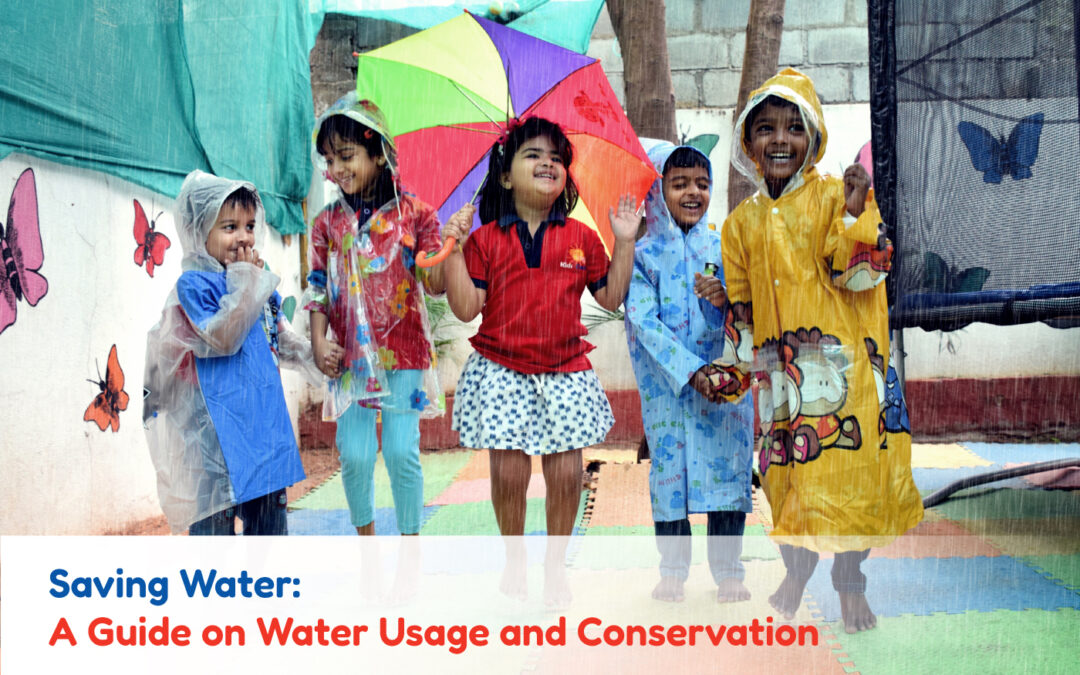Water is super important for all living things, including us, plants, and animals. But, it’s not always available in the amounts we need. This is becoming a bigger problem all over the world because of changes in weather patterns and more people using water every day. This guide is here to explain why we’re running out of water and how we can all help to save it, even starting from a young age.
Several factors contribute to water shortages, including:
Climate Change: For example, in parts of India, changing rainfall patterns have led to severe droughts, affecting water supply for drinking, farming, and industry.
Increased Demand: In rapidly growing cities like Delhi and Mumbai, the demand for water has skyrocketed, leading to overuse and depletion of groundwater resources.
Pollution: Water bodies in India, such as the Yamuna River, suffer from severe pollution, making the water unsafe for use.
Inefficient Water Use: Issues like leaking pipes in city water systems can lead to the loss of a significant amount of water every day.
How Can We Save Water?
A practical solution to help address water scarcity is rainwater harvesting. This involves collecting rainwater from rooftops and storing it for future use. In India, where the monsoon plays a crucial role in water supply, capturing rainwater can provide an important alternative source. This method can be easily adopted in homes and apartment buildings, helping to reduce the demand on municipal water supplies and decrease urban flooding.
Easy Ways to Conserve Water:
Be Mindful of Tap Water: Many people have the habit of keeping the tap running while they brush their teeth or wash their hands. Make sure to turn off the tap while brushing your teeth or saving a considerable amount of water daily.
Harvest Rainwater: Consider setting up a rainwater harvesting system at your home. This can be a simple project that saves water and teaches valuable lessons about sustainability. If you live in an apartment, understand how the water harvesting system works in the building.
Choose Water-Efficient Plants: If you’re interested in gardening, opt for plants that require less water or look for methods to collect water that drains from the pots and reuse them. This not only saves water but also makes your garden easier to maintain.
Reuse Greywater: Water used for washing vegetables or rinsing vessels can be reused for flushing toilets or watering plants.
Educate Yourself and Others: Learn more about water conservation and share your knowledge with friends and family. Awareness is the first step towards change.
Set an Example: Implement water-saving techniques in your daily life. Your actions can inspire others to do the same.
Conclusion:
Talking about saving water is not just about making sure we have enough to drink. It’s about making sure there’s enough water for everyone in the future, including animals and plants. By doing small things every day to save water, we can make a big difference. Let’s start now and protect our planet’s water for ourselves and future generations.

